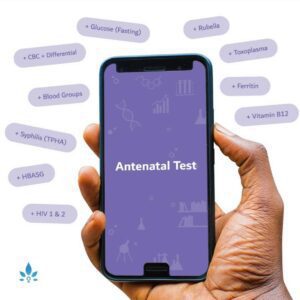Achondroplasia: Dwarfism Explained


Achondroplasia is a rare genetic disorder affecting one out of every 26,000-40,000 babies. There are more than 250,000 people worldwide afflicted with this disease.
If a baby has achondroplasia, it will usually be evident at birth. Many patients are diagnosed prenatally by ultrasound. While this condition can be inherited, around 80 percent of cases are caused by new genetic mutations, meaning the babies are born to parents who do not have the disorder.
The most common cause of “dwarfism,” achondroplasia causes characteristic physical features. Common features include:
- Large head with a prominent forehead
- Flattened nasal bridge
- Shortened arms and legs with a relatively long trunk
- Forward curvature of the spine
Children diagnosed with achondroplasia commonly have delayed motor milestones, frequent ear infections, and bowing of the legs. However, most children have normal intelligence and are able to lead normal, productive lives.
Sometimes, serious complications can occur in children with achondroplasia. Fortunately, these problems arise in only 5-10 percent of children. These problems include:
- Spinal cord compression
- Hydrocephalus
- Obstruction of the upper airway
- Spine curvature problems
Infants born with achondroplasia need close monitoring by a pediatrician. They will be plotted on specialized growth charts to ensure they are growing adequately. They will also have frequent neurologic exams to make sure there are no problems that develop. They will likely have brain imaging performed after birth (either a CT scan or MRI) to evaluate the bones of the skull. Often, the opening between the neck and skull is smaller than usual, potentially leading to compression of the main arteries in the neck.
Unexpected death occurs in approximately 2-5 percent of infants with achondroplasia, thought to be due to an inadequate amount of oxygen reaching the brain because of the artery compression. Parents are also advised to use an infant car seat with a firm back to support the neck to prevent these main arteries from becoming compressed.
The average adult height in achondroplasia is 4 feet for both men and women. Growth hormone therapy has not been shown to be of any benefit for these patients. Surgical limb lengthening has been used with success, but patients must weigh the medical risks and high costs of such a procedure against the benefits.
Sources:
- Lancet
- Achondroplasia.
Pediatrics - Health Supervision for Children with Achondroplasia.
Powered by Bundoo®













































